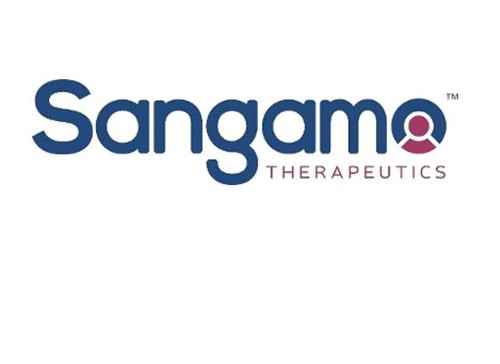
Sangamo Therapeutics has claimed a first with a trial of its genome-editing technology for rare disease Hunter syndrome, but the data didn’t convince investors and its share price closed down almost 24% yesterday.
The US biotech presented data on the first four of six patients in an open-label study looking at three doses SB-913, a drug based on zinc finger nuclease (ZFN) gene-editing technology that is designed to modify liver cells to express the iduronate-2-sulfatase or IDS enzyme that is deficient in Hunter syndrome – also known as mucopolysaccharidosis type II (MPS II).
Data were presented on the low- and mid-range doses of SB-913 and showed that in the latter there was a significant reduction in glycosaminoglycans (GAGs) that accumulate in MPS II and cause the widespread tissue and organ damage that eventually shortens patients’ lives.
Investors and analysts seemed to be spooked by Sangamo’s inability to show that its one-off therapy was actually causing an increase in IDS levels, which would provide evidence that it was working as expected and causing liver cells to produce IDS.
Sangamo chief executive Sandy Macrae and chief medical officer Ed Conner focused on the GAG data on a conference call yesterday, pointing out that the improvements with the mid-range dose came, even though patients in the study are being treated with Shire’s Elaprase (idursulfase), a recombinant form of IDS used as enzyme replacement therapy (ERT) that has transformed the outlook for MPS II patients since its approval more than a decade ago.
Elaprase costs hundreds of thousands of dollars per year, however, and Sangamo is hoping its one-shot therapy could do away with the need for long-term ERT. Later this year it will present data on two patients in the high-dose group of the current CHAMPIONS study, and with investigators will see if its possible to start weaning patients off ERT.
Sangamo has a lot riding on the outcome of this study, as it wants to position its ZFN platform as a rival to other gene-editing technologies, notably CRISPR/Cas9 and TALEN, as a go-to platform for drugs that can modify patients’ genes in vivo. SB-913 uses ZFN carried by a viral vector to insert a new copy of the IDS gene into the liver, and is design to only activate IDS production within liver cells.
The data showed that the middle dose of SB-913 reduced total GAG by 51% overall, with two specific GAGs – dermatan sulphate and heparan sulphate – down 32% and 62%, respectively.
Principal investigator Joseph Muenzer of the University of North Carolina (UNC) School of Medicine in Chapel Hill described those reductions are encouraging, saying: “We hope to understand the clinical relevance of these changes by conducting a controlled withdrawal of…ERT in patients enrolled in the study soon.”
Withdrawal from weekly ERT infusions would be “a very meaningful outcome” for patients with MPS II, he added.
Muenzer said the failure to show a change in plasma IDS levels was because the enzyme was below the limit of detection of the assay used in the study and, while a new more sensitive assay is being developed, insisted that this was unlikely to be an issue.
“In MPS II patients, we know that when the IDS enzyme is infused intravenously, it is rapidly taken up by cells and breaks down the stored GAGs,” he explained. “We have previously hypothesised that even very low amounts of IDS secreted continuously into the circulation could be adequate to reduce GAGs and potentially provide the first indication of efficacy for SB-913.”
Investors seemed unconvinced by the arguments however, in part because elevations in IDS were seen in animal studies of SB-913. But companies developing other gene-editing technologies, such as CRISPR Therapeutics, Intellia Therapeutics and Editas Medicine, also saw their shares close down which might suggest an element of panic in the sell-off.




